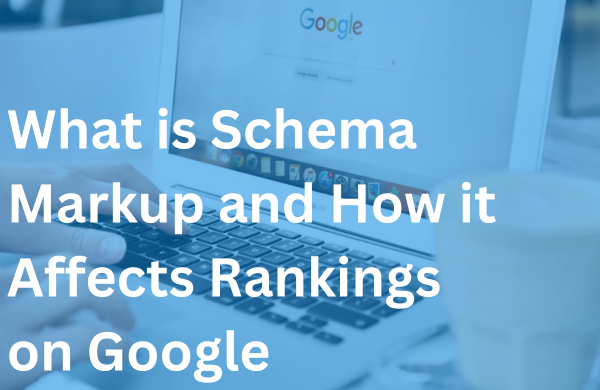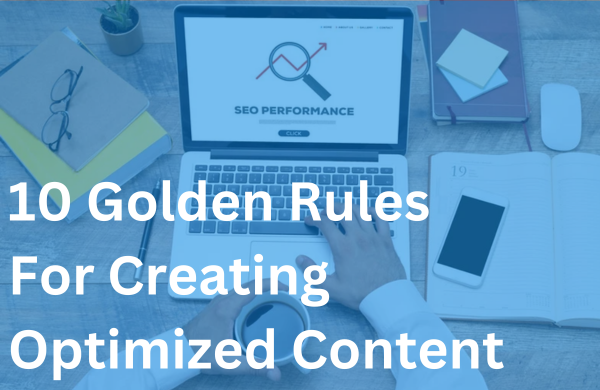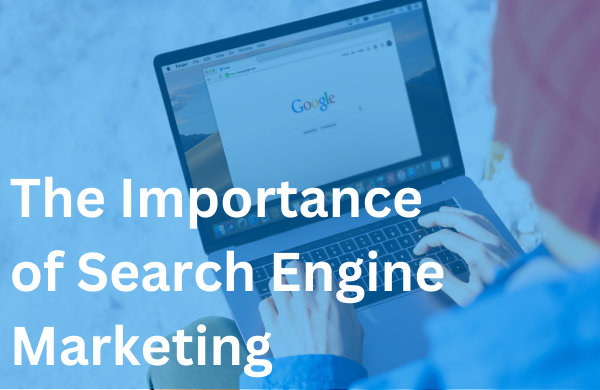Search engine optimized (SEO) content involves creating content that search engines boost to the top of search pages when a relevant query is entered. Localized SEO ensures businesses pop up on search engines for queries relevant to their location. For example, a New York plumbing company would hope to pop up when a user enters the query “plumbing New York.”
Several aspects help with SEO, and keywords are among the most crucial factors. For example, the theoretical plumbing company would incorporate keywords such as “plumbing New York” or “plumbing company New York” into its content to help its website appear when the matching queries are entered.
An updated Google My Business profile also helps with local SEO.
Localized SEO doesn’t help online businesses that target various markets. It benefits brick-and-mortar locations that cater to a specific location, and it may also be useful to virtual businesses that target certain areas.
Local business search engine optimization increases visibility, boosts conversion rates, and enhances loyalty and engagement. Read on to learn more about why local SEO is important.
The Changing Landscape of Retail
Modern shoppers and companies are seeing a shift in consumer behavior. Once upon a time, consumers found local businesses through word of mouth, non-digital advertising, or drive-by/walk-by visibility.
Today, people shop online before they make in-store purchases. They research the company’s products and customer reviews. Their insights help them decide whether the store is worth visiting.
Mobile devices also impact local shopping. People on the go may use their mobile phones to search for businesses “near me.” Their phones will connect them to nearby locations where they can find relevant products.
For example, a person traveling in a strange city may use their mobile phone to search “fast food places near me” to find the nearest eatery.
Key Benefits of Local SEO for Retail Stores
SEO for local businesses offers various benefits, including the following:
- Increased visibility in local search results
Businesses with optimized local content will benefit from increased visibility in local search results. Their business name will likely appear on the top of search pages when someone enters a relevant keyword. This positioning increases brand awareness and foot traffic.
- Higher conversion rates from local searches
Local SEO also leads to higher conversion rates. Nearby users may come to your location to shop. They may purchase your products, which will help boost profitability.
- Improved online-to-offline customer journey
Customers who research your store in advance may have a better in-person experience. They will know what your shop offers, so they can easily find and purchase items. Ensure your website is updated to promote a smooth customer transition.
- Enhanced customer engagement and loyalty
Local SEO brings customers in and ensures they have a better experience in your store. A positive experience increases the chances of them becoming a loyal customer. They will also engage with your business online and offline to build a strong relationship.
Essential Local SEO Strategies for Retailers
Several strategies can help businesses boost local SEO. Here are some to consider integrating into your marketing plan.
- Optimizing Google My Business listing
Google My Business is a free service. You can register by filling out a form available through the Google search engine. It will ask for your business name, contact information, pictures, and similar details.
Your Google My Business profile will appear when someone searches for your business on Google. It will also appear if someone does a ‘near me’ search that pulls up your business. The top businesses in the area will appear with a map showing a pin for each location. Your Google profile will come up when users click on your pin.
Ensure your Google My Business profile is filled out accurately with updated information. A complete and accurate profile will attract people to your business and improve your local reputation.
- Managing online reviews and ratings
Google My Business also shows Google ratings. A star rating represents your positive and negative Google reviews. Users can click on the stars to learn what people are saying.
Businesses must monitor ratings to ensure they remain positive. Responding appropriately to a poor rating may change someone’s mind. It also shows users that you care about your business and allows you to express your side of the story.
Note that you should never appear angry or hostile when responding to ratings. Try to maintain an open mind and offer to do whatever it takes to make things right.
Positive reviews should be maintained across all channels. Pay attention to what people say on Google My Business, Yelp, social media, and any other place users find your business. Respond accordingly to maintain a positive reputation.
- Creating locally relevant content
Keywords play a huge role in getting local SEO content to the top of search engines. Google scans your content to match it to relevant queries. Content that reflects a local area is more likely to come up when someone searches your industry locally.
Keywords like ‘plumbing New York’ will help Google recognize and match your content. However, you can do more to impress local consumers by including valuable content. For example, you may discuss common plumbing issues New Yorkers experience.
- Ensuring NAP (Name, Address, Phone) consistency
Your business listing likely appears across various online assets, including your website, Google My Business, Yelp, social media, and other business listings. Ensure your business name, address, and phone number are consistent and correct across all channels. This will ensure people can get in touch with you.
Inconsistencies could damage your reputation and make your business seem unreliable. They also make it difficult for customers to connect with your company. Ensure consistency to promote a positive reputation, conversions, and loyalty.
- Implementing local schema markup
Local Schema markup can be added to websites to help search engines learn about your business. It provides name, contact information, and operating hours, helping businesses improve their chances of appearing in search engines and allowing search engines to create rich snippets. It boosts visibility and helps with voice search.
The asset may be added to a website’s HTML code, a managed UI app, a Schema app, or a plug-in. Due to its technological nature, it is typically installed by an IT team or professional marketing company.
Measuring the Success of Local SEO Efforts
Businesses can measure the success of their local SEO efforts by using tools to track KPIs. This section will outline the tools to use and KPIs to consider.
- Google My Business Insights: You can manage your Google My Business account to determine analytics such as page views, engagement, and customer actions like phone calls, form submissions, and chats.
- Local Listings: Ensure your local listings are consistent. Fortunately, the process does not need to be manual. You can use tools like Yext and MozLocal to find the relevant information.
- Reviews: Look at Yelp, Google My Business, and social media reviews to measure your reputation and customer satisfaction. Consider more than the reviews themselves. Look at ratios to ensure you are getting mostly positive reviews from your customer feedback.
- HTML Insights: HTML metrics will tell you how much traffic you are getting, which keywords bring in the most traffic, keyword ranking, HTML rankings, conversions, and the percentage of pages with SERP features.
- Bounce Rates: Several tools can help measure bounce rates but you can measure them by dividing your rate of page visits by total website entries. Bounce rates differ from exit time because they measure people who visit your site without visiting any other pages. Bounce rates and dwell time indicate how well your website is engaging consumers.
After measuring metrics, you must interpret data to refine your strategies. You may need to update your local listings, communicate better with customer reviews, or make your pages more engaging. Your KPIs will guide your strategy.
Overcoming Common Local SEO Challenges for Retailers
Localized SEO offers several benefits, but some companies struggle to reach local customers due to the following issues.
- Dealing with multiple store locations
Companies with multiple locations may struggle to update content optimized for their locations. The best solution involves creating unique website pages for each location. These pages should contain content with keywords and information about the specific store.
Similarly, each business should have its own Google My Business listing and directory listings across the internet.
Use schema markup to provide search engines with detailed information about each location. For optimal results, treat each company as an individual business.
- Staying ahead of algorithm updates
Algorithm updates happen often and can disrupt your website’s local SEO performance. You can stay one step ahead by following official sources. Google’s Search Central Blog announces updates. Technology industry magazines and newsletters will also provide insights.
Your analytics tools could also be telling you something. If you notice a fluctuation in certain metrics, it could be due to algorithm changes.
You should also focus on metrics that search engines will always favor, such as great updated content, Google My Business listings, and positive user experience. With those in place, algorithm changes should not significantly impact your ratings.
- Managing user-generated content
User-generated content includes anything a user posts online about your business. It includes reviews, social media comments, unboxing videos, contest submissions, and more.
Companies have little control over user-generated content, and it’s not always positive. Negative UGC can damage your company’s reputation.
Organizations can control UGC by constantly monitoring social media and reviews and responding to positive and negative feedback. Doing so shows consumers you care about your business and your customers, which may help change negative opinions about your company.
Conclusion
Local SEO is essential for retail stores and any other company that does business locally. It attracts local traffic and brings mobile customers to your door. Local business search engine optimization boosts conversions and brand awareness and improves customer experiences.
With several aspects to consider, few businesses can handle all local SEO encompasses. Brillity Digital can help. We offer a wide selection of services that help you connect with your target audience.
Contact us when you’re ready to take your SEO efforts to the next level.




